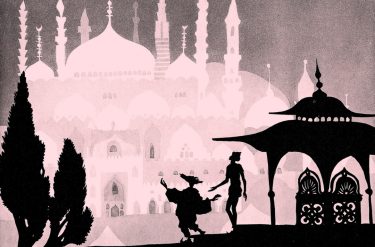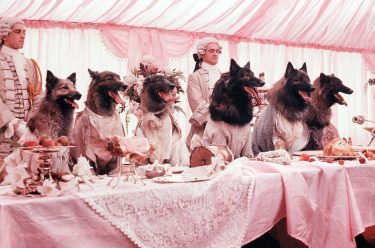Mary Russell Mitford, talented writer and poet though she was, couldn’t have been more wrong about the fashion of fairytales, which are as popular today as they have ever been.
I foresee that the Andersen and Fairy Tale fashion will not last;
none of these things away from general nature do.
Mary Russell Mitford to Charles Boner, 18481
Since filmmaker and magician Georges Melies first began to explore the mutability of film and fairytale in the late nineteenth century, onscreen fairytales have been integral to the evolution of cinema and to a modern understanding of the fairytale genre. Considered by scholars as the founder and pioneer of the fairytale film, Melies brought to films his passion for illusion and transformation, born of his years as stage magician and the desire to play with viewers’ perceptions of reality.
Through the narrative of well-known tales, Melies was able to produce spectacular animated tableaux, alluding to the existing fairytale plot, while experimenting with technical effects. While only 30 or so of his 520 films could be classified as fairytales, the technical innovation and experimentation these engendered provided inspiration for other filmmakers to stretch the boundaries of the art form both in terms of narrative structures and the underpinning technology.
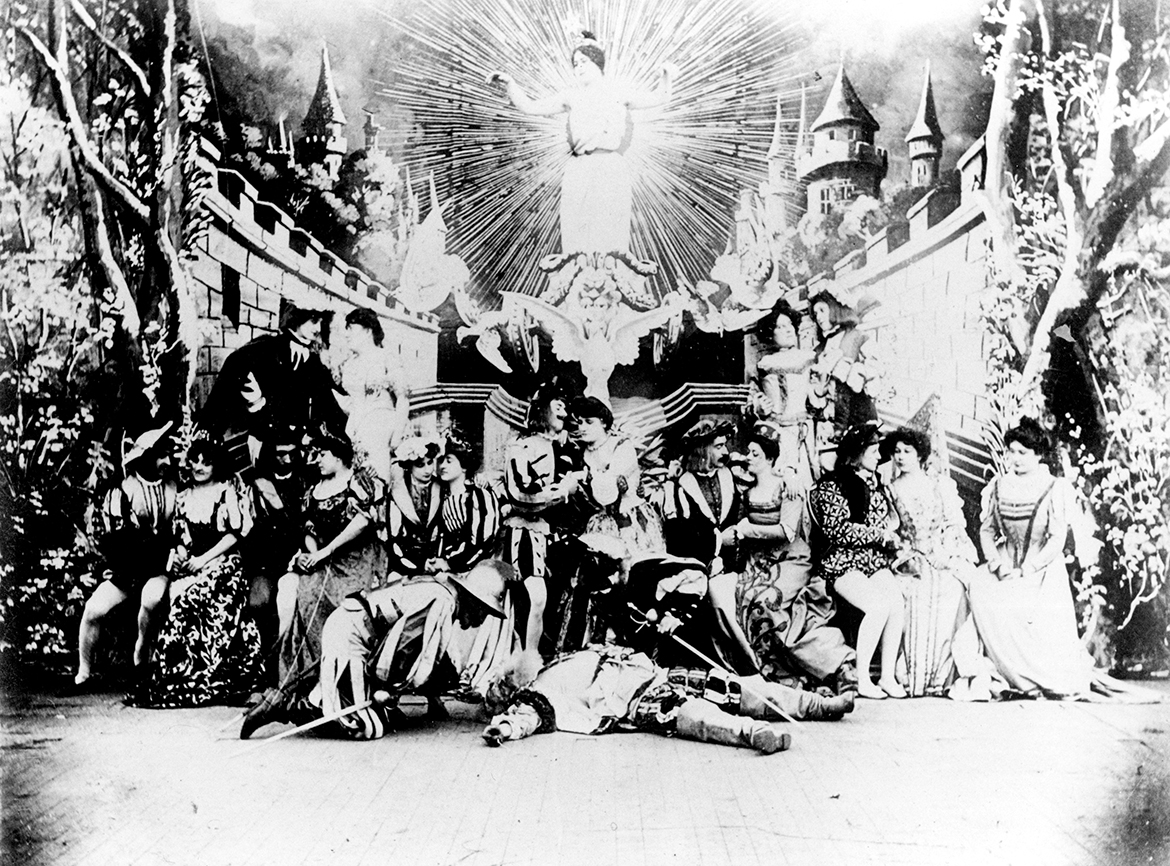
The word ‘fairytale’ is drawn from the French term conte de fées and is somewhat misleading: fairies are not often found in fairytales. It was an idiom devised in the seventeenth century by Marie-Catherine Le Jumel de Barneville, Countess d’Aulnoy, to describe the inventive and risque magicaltales she told to entertain the intellectuals and aristocracy attending her salon in Paris. Formerly scorned as the vulgar province of peasants, these oral stories, derived from those told by nursemaids and servants, became highly popular in Parisian fashionable circles over the seventeenth and eighteenth centuries and found favour in salons as well as the Opéra féerie (operas and opera-ballets based on fairytales).
Both the countess and her compatriot, Charles Perrault, a leading figure in literary fairytales, published collections of these stories in 1697, at the peak of the genre’s popularity: Les Contes des fées and Histoires ou contes du temps passé, avec des moralités: Contes de ma mère l’Oye (literally, ‘stories or tales of times past, with morals: Tales of Mother Goose’) respectively. While the literary fairytale’s popularity declined during the eighteenth century, the genre returned to prominence in the early nineteenth century through the work of sibling scholars Jacob and Wilhelm Grimm, better known as the Brothers Grimm.
Performances of fairytales had continued strongly until this time — the Opéra féerie was well attended until the early nineteenth century — and the culmination of performance and literary tales provided filmmakers later in the century with a unique opportunity: to use the audience’s familiarity with these tales to create films full of cinematic experimentation and excesses.
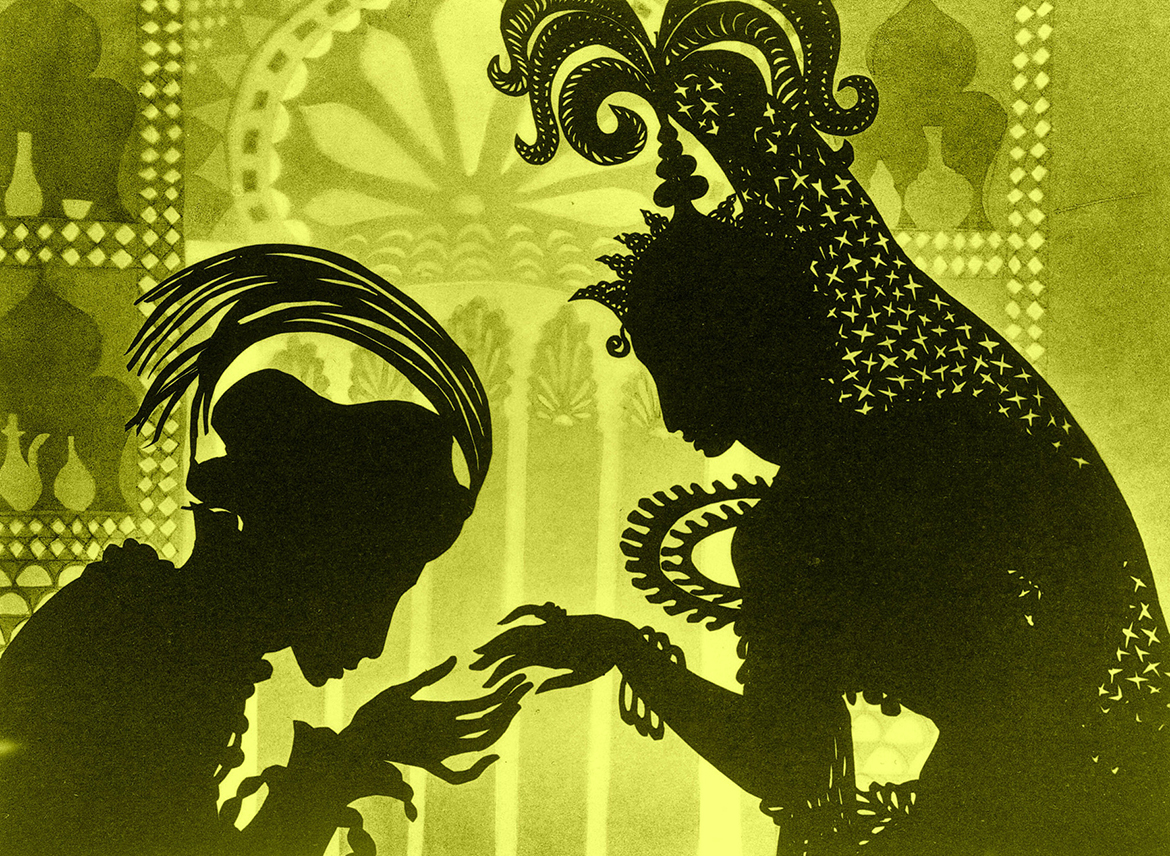
The literary fairytales are often referred to as ‘true’ or ‘original’ fairytales: however, this is not the case. While a record of the writer’s version of the tale was fixed, and often heavily modified in transcription to fulfil the moral and social obligations of the day, the oral traditions continued to change in response to the audience. Handed down through the generations, the fluidity and mutability inherent in storytelling allowed raconteurs to entertain while also resolving moral conflicts, addressing transgressive behaviours and reinforcing the social codes of the community. Set within the guise of a different time and place, with elements of wonder and the supernatural, these stories used archetypal characters — gallant princes, worthy princesses, wicked stepmothers and false heroes — to explore common anxieties surrounding the abuse of power, injustice and exploitation.
While modern readers could find the content of these early stories to be gruesome and crude (the incidence of violent revenge, cannibalism, paternal and fraternal cruelty and infanticide is marked), these stories offered the audience of the day a glimpse of hope through magical transformation, and favourable, if conditional, endings. While nearly every character in the earlier fairytales was capable of cruel behaviour, in the end, the most heroic triumphed and the evil force was destroyed.2
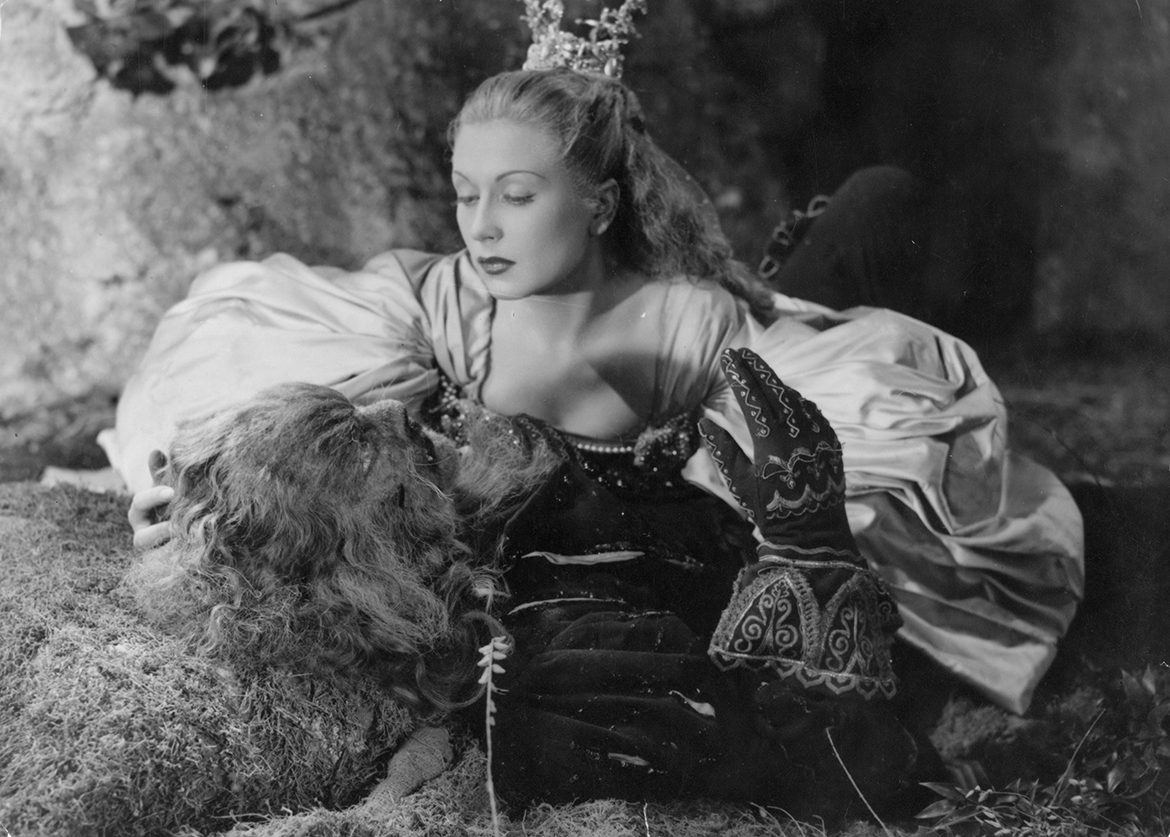
As Jack Zipes, author of The Enchanted Screen: The Unknown History of Fairy-Tale Films, writes:
Fairytales map out possible ways to attain happiness, to expose and resolve moral conflicts that have deep roots in our species. The effectiveness of fairytales and other forms of fantastic literature depends on the innovative manner in which we make the information of the tales relevant for the listeners and receivers of the tales. As our environment changes and evolves, so we change the media or modes of the tales to enable us to adapt to new conditions and shape instincts that were not necessarily generated from the world that we have created out of nature.3
This need to adapt and evolve these archetypal characterisations and narratives for contemporary audiences is evidenced in the genre’s ongoing cinematic development and recent resurgence in mainstream North American television. While Walt Disney’s cavalcades of animated adaptations since the 1930s have dominated contemporary understandings of fairytales, many other filmmakers have also drawn on the motifs and tropes of the fairytale genre to explore these tales from their own perspective.
From fairytale procedural crime dramas to the appearance of well-known characters in modern-day America — as seen in television series Grimm and Once Upon a Time, respectively (both 2011) — to the experimental films of Jarome Jires (Valerie and Her Week of Wonders 1969), Jan Švankmajer (Alice 1988, Little Otik 2001) and Stephen and Timothy Quay (The Piano Tuner of Earthquakes 2005), these retellings move beyond the classic cinematic renditions and interpretations, integrating elements of the fairytale with those of parody, experimental film and horror.
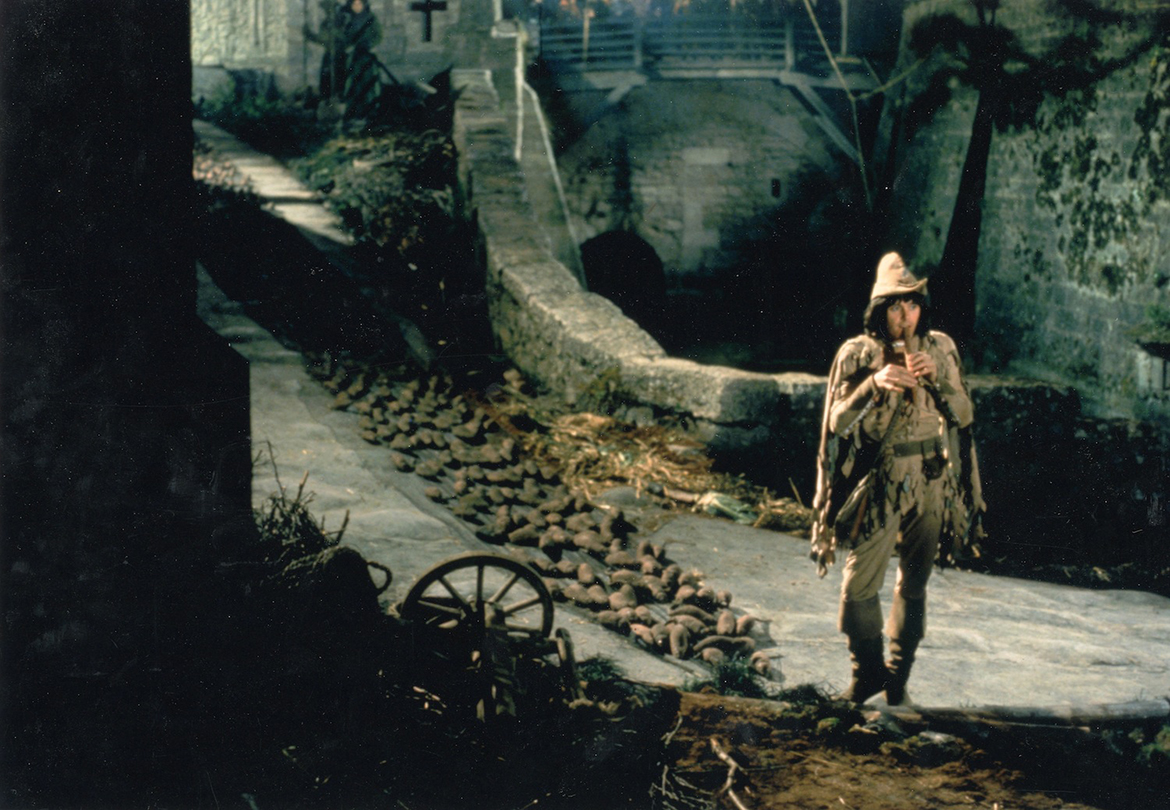
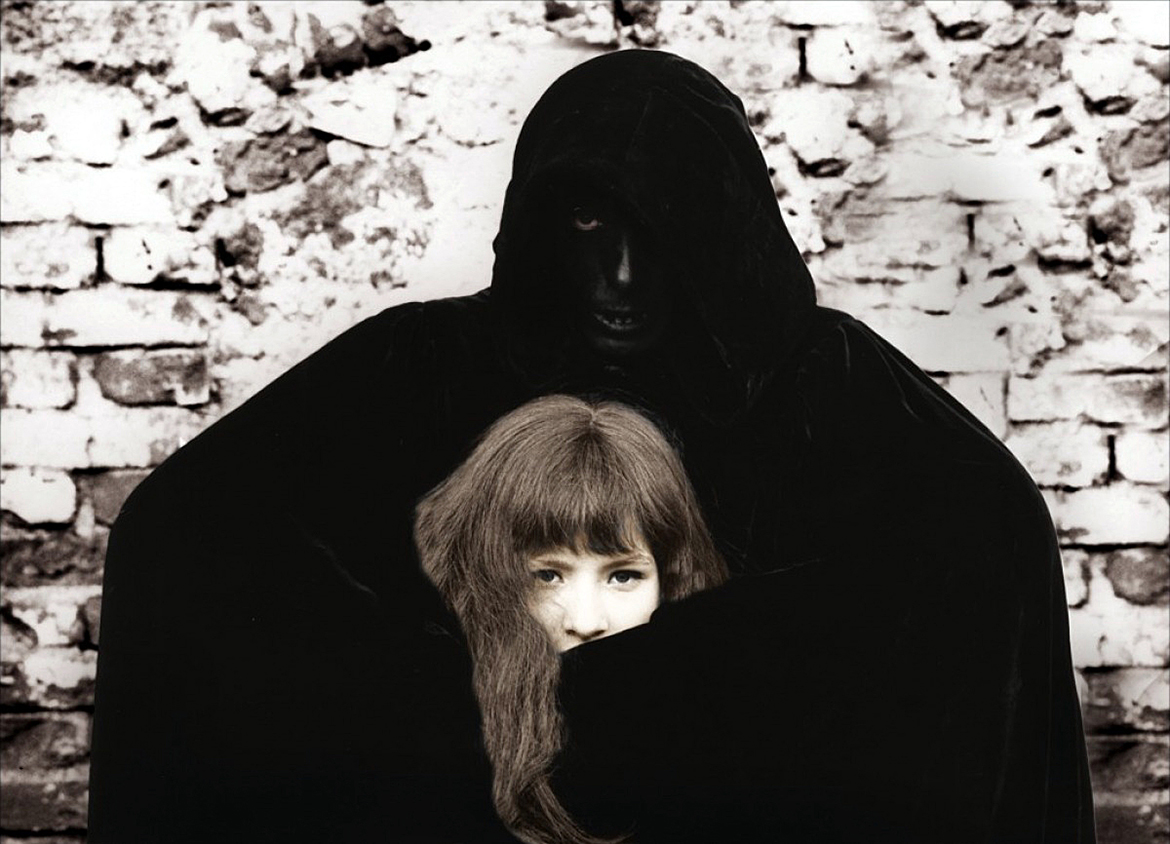
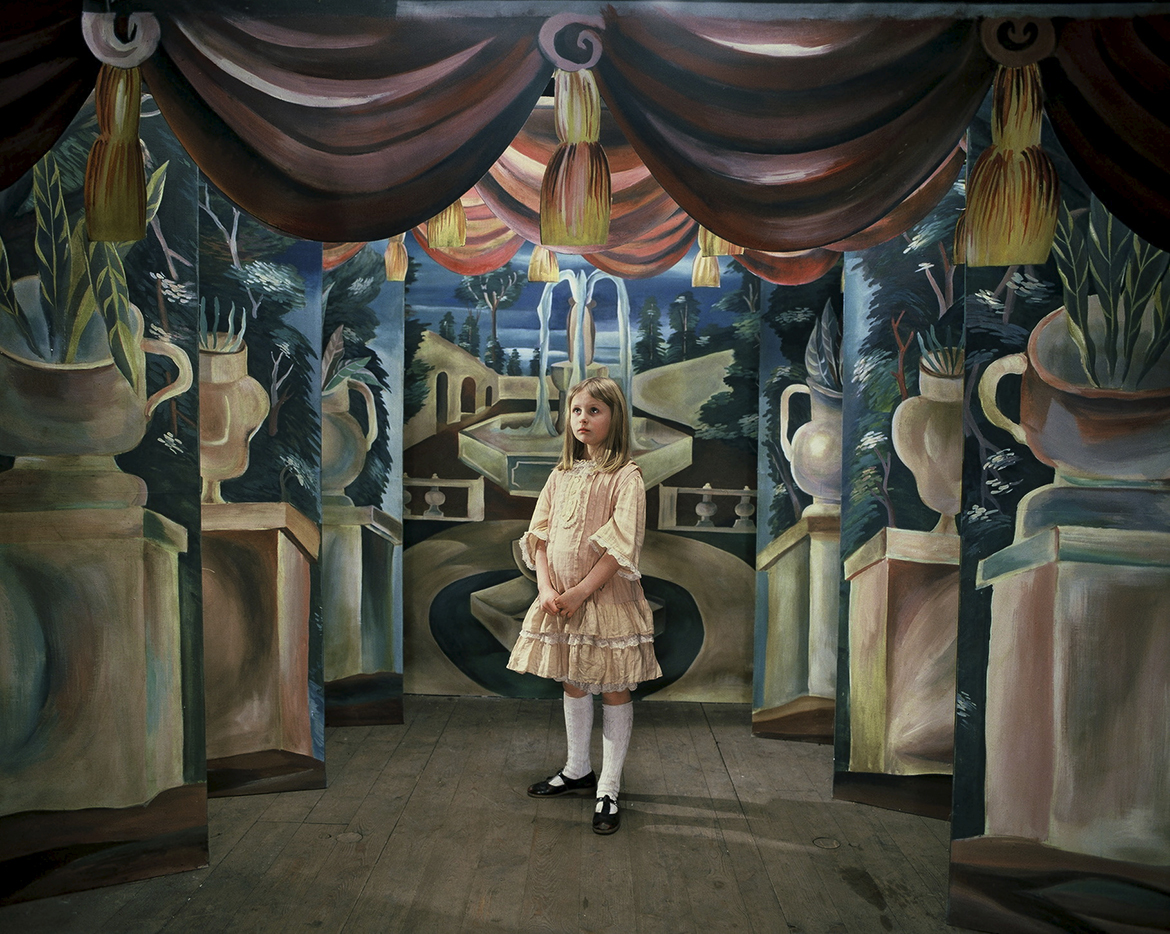
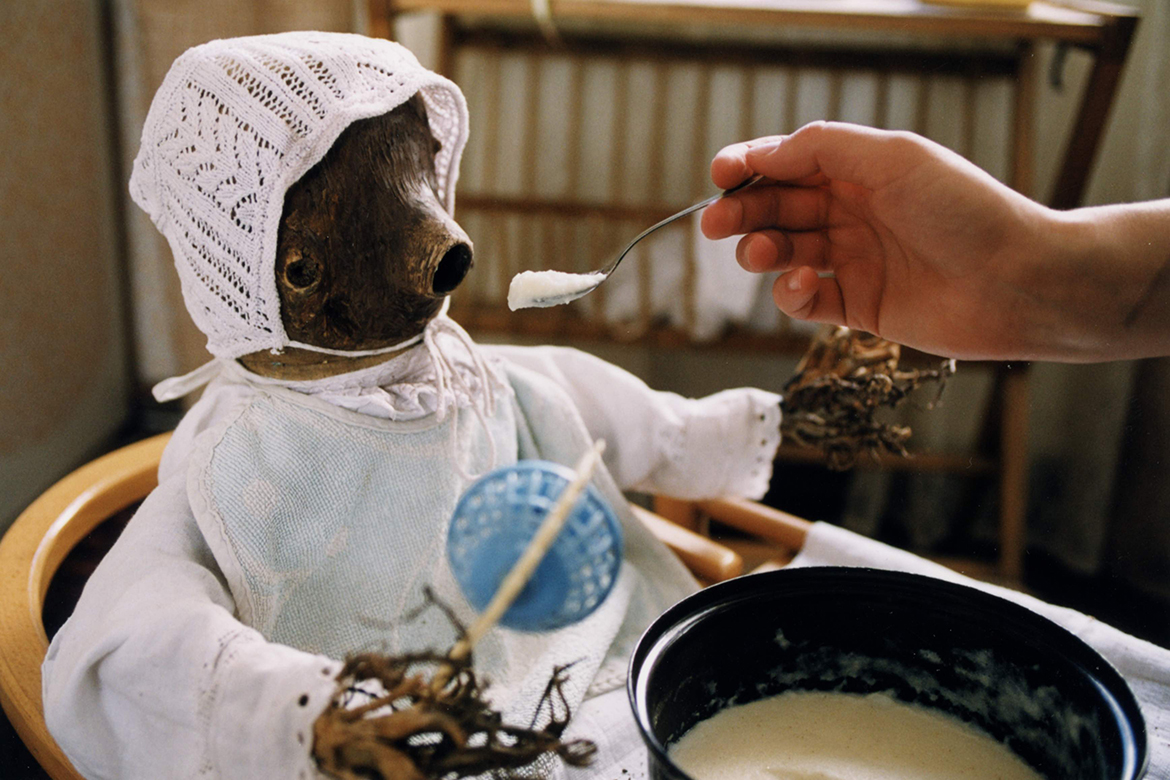
Critical responses to fairy-tale films [are] shaped by presuppositions about the nature and function of the fairy tale. Film is a relatively new medium for the fairy tale, and to a great extent might be considered a different genre in its own right, with its own conventions and its own principles, although it may employ many narrative codes specific to the literary fairy-tale schemata . . . A criterion often adduced in discussing film adaptations is fidelity to the source, but unlike film adaptations of literary classics, for example, fairy-tale films cannot always be referred back to a particular source but many derive from a myriad of indeterminate intervening retellings.4
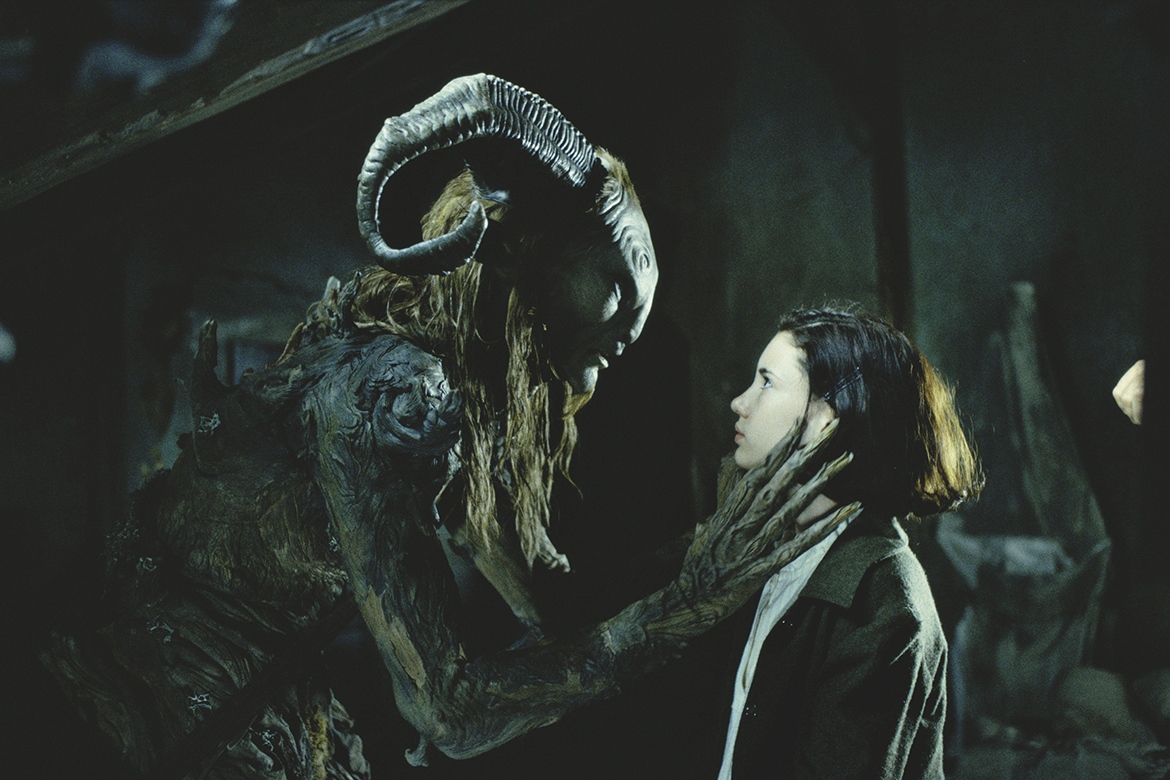
Subsequently, the cinematic fairytale draws on the structural elements of both the literary and oral fairytale traditions. While each film becomes a fixed insight into the world of the storyteller and their audience — a snapshot of social and cultural mores of the place and time of its creation — filmmakers are also engaging with the fluidity of the oral tale, with each filmic retelling built on the foundations of previous cinematic iterations and wide array of influence in popular culture such as theatrical and dance performances, opera, music, poems, books and illustrations. While told in modern times and through different formats, the function of the fairytale in society remains unchanged from its earlier roots: these contemporised stories still serve as a platform from which to express social concerns and anxieties. They help us to articulate the way we might see and challenge such issues and, through transformation, be it radical, magical or personal, triumph in the end.
Amanda Slack-Smith, Australian Cinémathèque, QAGOMA
Endnotes
1 Cited in MA Conny Eisfeld, A Literary and Multi-Medial Analysis of Selected Fairy Tales and Adaptations, Universität Flensburg, Germany, 2012, p.4.
2 Maria Tatar, The Hard Facts of the Grimms’ Fairy Tales, Princeton University Press, New Jersey, 1989, p.5.
3 Jack Zipes, The Enchanted Screen: The Unknown History of Fairy-Tale Films, Routledge, New York, 2011, p.1.
4 Jack Zipes (ed.), The Oxford Companion to Fairy Tales, Oxford University Press Inc, New York, 2000, p. 160–61.
The ‘Fairy Tales’ exhibition is at Brisbane’s Gallery of Modern Art (GOMA), Australia from 2 December 2023 until 28 April 2024.
‘Fairy Tales Cinema: Truth, Power and Enchantment‘ presented in conjunction with GOMA’s blockbuster summer exhibition screens at the Australian Cinémathèque, GOMA from 2 December 2023 until 28 April 2024.
The major publication ‘Fairy Tales in Art and Film’ available at the QAGOMA Store and online explores how fairy tales have held our fascination for centuries through art and culture.
From gift ideas, treats just for you or the exhibition publication, visit the ‘Fairy Tales’ exhibition shop at GOMA or online.
The Australian Cinémathèque
The Queensland Art Gallery | Gallery of Modern Art (QAGOMA) is the only Australian art gallery with purpose-built facilities dedicated to film and the moving image. The Australian Cinémathèque at GOMA provides an ongoing program of film and video that you’re unlikely to see elsewhere, offering a rich and diverse experience of the moving image, showcasing the work of influential filmmakers and international cinema, rare 35mm prints, recent restorations and silent films with live musical accompaniment by local musicians or on the Gallery’s Wurlitzer organ originally installed in Brisbane’s Regent Theatre in November 1929.
#QAGOMA
